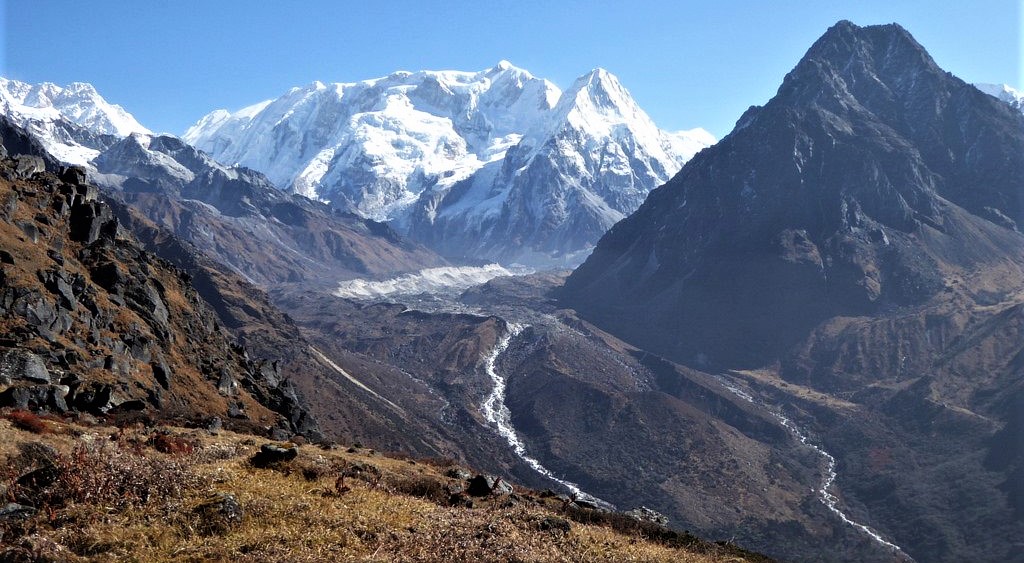All you need to know about Sele La Pass | Interesting things about Sele La Pass
The Sele La Pass is a high mountain pass located in the Kanchenjunga Conservation Area of the Eastern Himalayas. Here's everything you need to know about the Sele La Pass:
1. Importance and Role:
The Sele La Pass 4,290 meters (14,070 feet) is a significant mountain pass in the Kanchenjunga region as it serves as a crucial point of crossing between different valleys and regions. It acts as a connecting route between the Kanchenjunga Valley and the Tamur Valley while it also lies between the Kanchenjunga and Jannu Himal peaks, two of the prominent peaks in the region.The pass allows trekkers and mountaineers to access different parts of the region and explore its diverse landscapes.
2. Trekking Routes:
The Sele La Pass is part of various trekking routes, including the popular Kanchenjunga Base Camp trek and the Kanchenjunga Circuit trek. These treks provide an opportunity to experience the stunning natural beauty of the Himalayas, including glaciers, high-altitude lakes, and towering peaks.
3. Trekking Difficulty:
The trek to the Sele La Pass is considered challenging due to its high altitude and demanding terrain. Trekkers should be physically fit and well-prepared for the rigors of high-altitude trekking. The ascent and descent on both sides of the pass can be steep and require a good level of fitness and endurance. It's important to take necessary acclimatization breaks and follow a gradual ascent to minimize the risk of altitude-related illnesses.
4. Scenic Beauty:
The Sele La Pass offers breathtaking views of the surrounding Himalayan peaks and landscapes. Trekkers are rewarded with panoramic vistas of majestic mountains, including Kanchenjunga and Jannu Himal. The route also passes through picturesque alpine meadows, dense forests, and remote valleys, providing ample opportunities to immerse in the natural beauty of the region.
5. Cultural Experience:
The Kanchenjunga region is home to diverse ethnic communities, each with their own unique culture and traditions. Trekking through the Sele La Pass allows trekkers to interact with local communities such as the Rai, Limbu, and Sherpa people. This offers a chance to learn about their customs, visit monasteries and traditional villages, and gain insights into the local way of life.
6. Permit and Regulations:
As the Sele La Pass lies within the restricted trekking zones of Nepal, trekkers need to obtain the necessary permits to enter the Kanchenjunga Conservation Area. Permits are issued by the Department of Immigration in Nepal, and it is mandatory to trek with a licensed guide or be part of a registered trekking agency. Following the regulations ensures the preservation of the environment and supports the local communities.
7. Safety Considerations:
Trekking in the high-altitude and challenging terrain of the Sele La Pass requires proper planning and safety measures. Adequate physical fitness, proper acclimatization, and suitable gear are essential. Trekkers should also be prepared for unpredictable weather conditions and carry essential items such as food, water, appropriate clothing, navigation tools, and a first aid kit.
8. Season for Trekking:
The best time to trek across the Sele La Pass is during the spring (March to May) and autumn (September to November) seasons. These periods offer stable weather, clear skies, and favorable trekking conditions. However, weather conditions can vary, and it's advisable to check local forecasts and consult with experienced guides or local authorities for the most up-to-date information.




.jpg)



